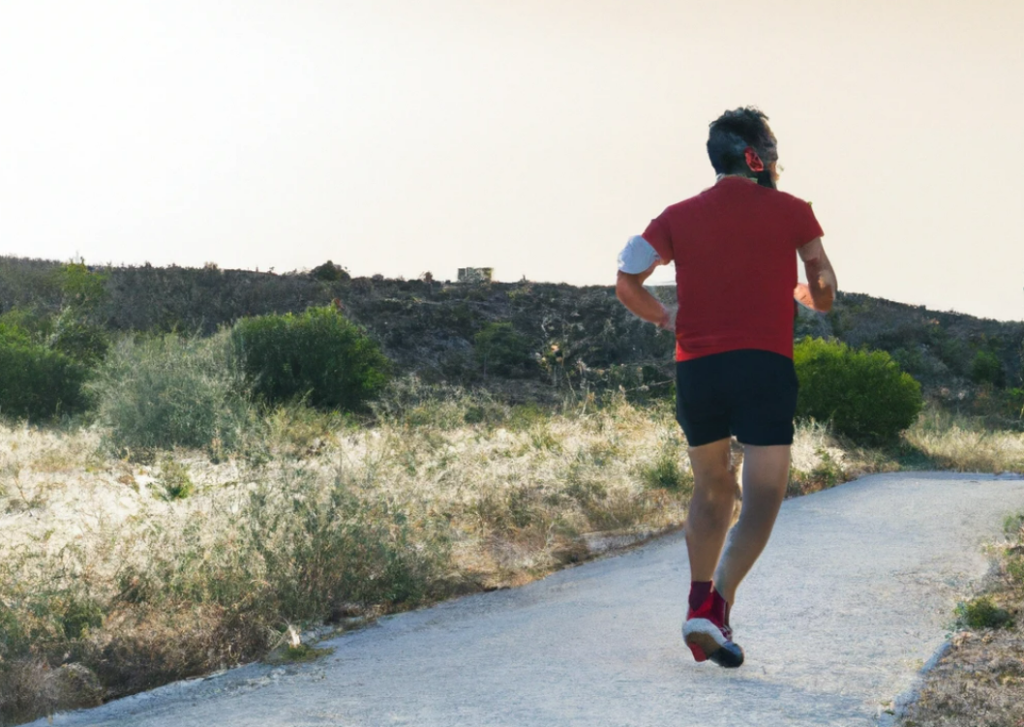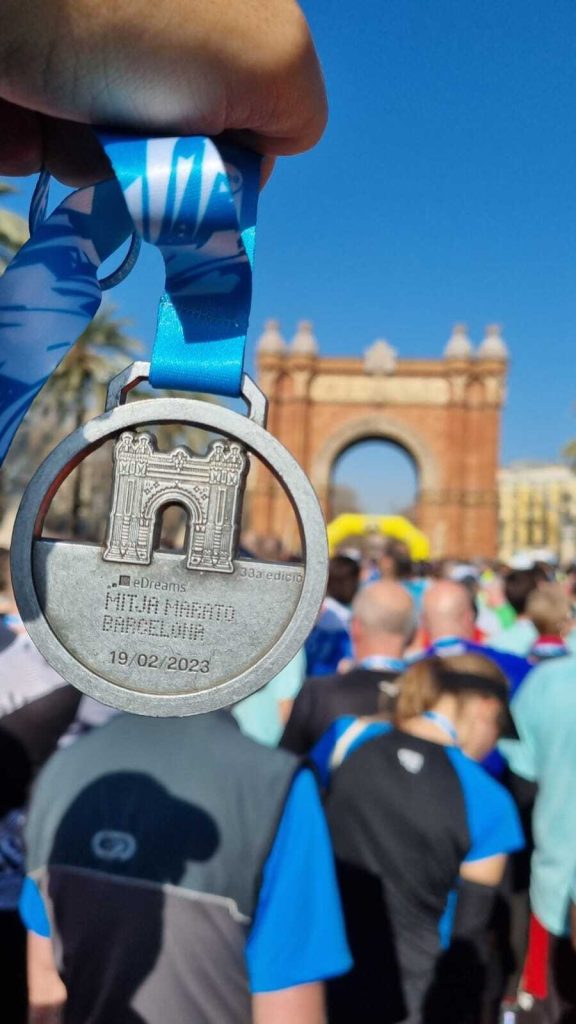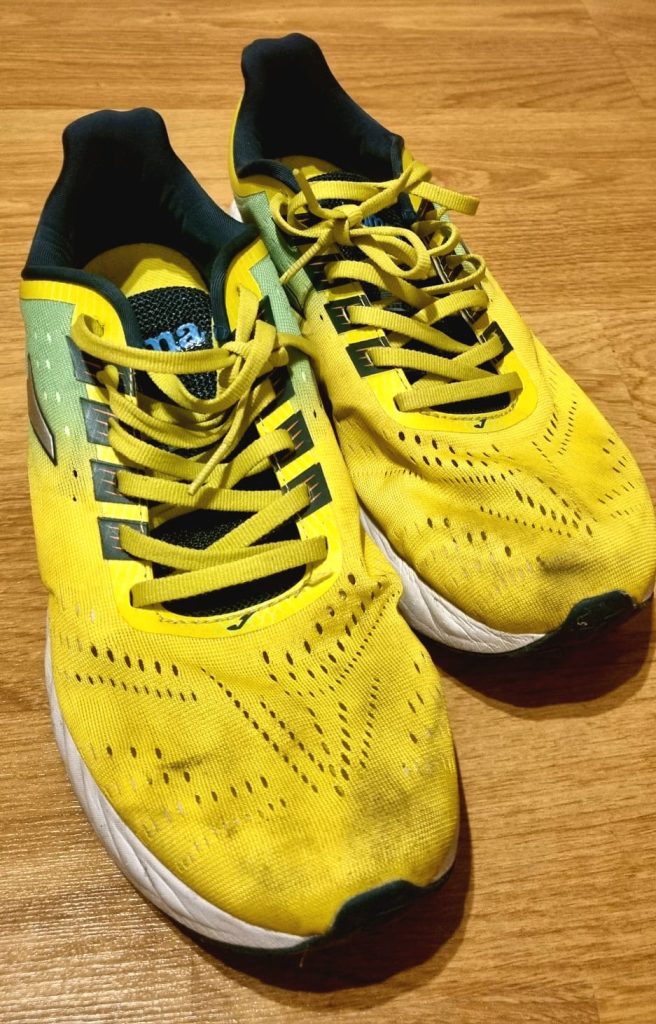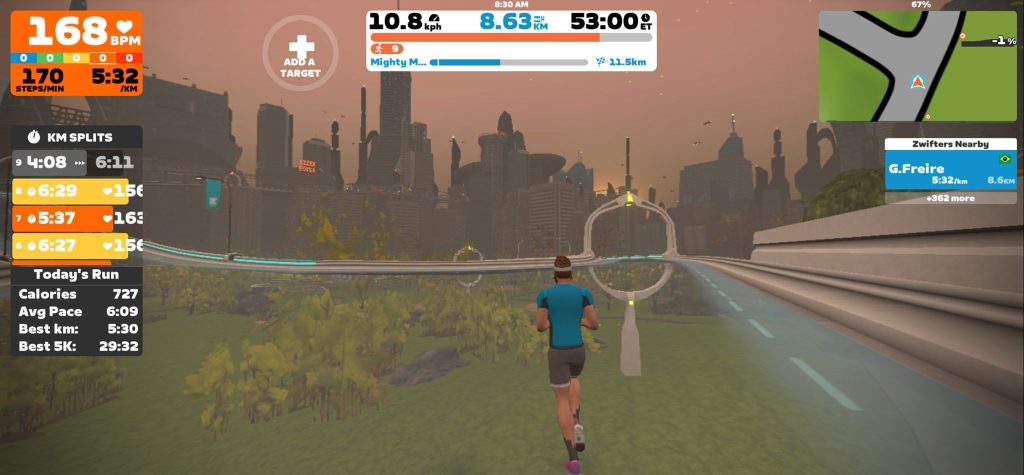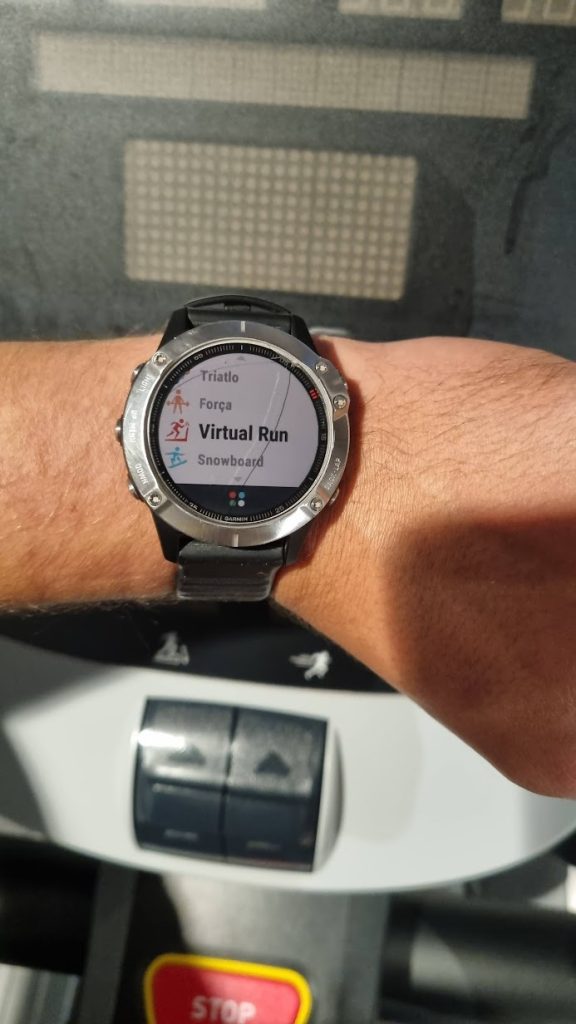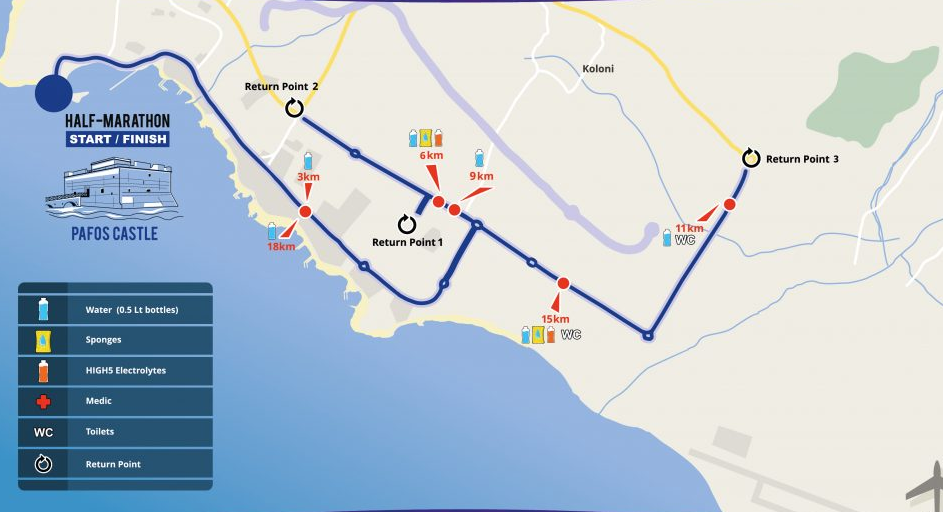Hey there, fellow runner! Have you ever felt the soft sand between your toes and thought, “Could this be the perfect backdrop for an invigorating workout?” You’re not alone! Running on the beach isn’t just about the stunning views and the refreshing sea breeze—it’s a fantastic way to challenge your body and elevate your training game. Whether you’re a seasoned marathoner or just starting your running journey, our latest blog post, ‘Beach Running Bliss: Tips for an Ultimate Coastal Workout Experience’, is packed with practical tips and personal insights to help you make the most out of your beach runs. So, lace up your shoes, and let’s dive into the sandy adventure together!

Introduction to Beach Running Benefits
Running on the beach offers a unique blend of challenges and rewards that you simply can’t find on pavement or trails. One of the most significant benefits is the softer surface, which can be gentler on your joints. If you’ve ever dealt with knee or ankle pain, you know how crucial it is to find ways to minimize impact. The sand absorbs more shock than harder surfaces, making each stride a bit kinder to your body. Plus, the uneven terrain of the beach works your stabilizing muscles more intensely, giving you a more comprehensive workout. Imagine the strength you’ll gain in your calves, quads, and core just by tackling those sandy stretches!
But let’s not forget the mental boost that comes with a beach run. There’s something incredibly freeing about the expansive ocean views and the rhythmic sound of waves crashing beside you. It’s like a natural stress reliever, turning your workout into a mini vacation for your mind. And who doesn’t need that? The fresh sea air can also improve your lung function, giving you a fuller, more satisfying breath with each inhale. If you’re looking to mix up your routine, beach running can reignite your passion for the sport and keep you motivated. So why not give it a try? Your body and mind will thank you.
Essential Gear for Coastal Workouts
When it comes to beach running, having the right gear can make all the difference in your workout experience. The unique environment of the beach presents both opportunities and challenges, so it’s essential to be well-prepared. Let’s dive into the must-have gear that will help you get the most out of your coastal runs!
First and foremost, let’s talk footwear. While the idea of running barefoot on the sand sounds appealing, it’s not always the best option, especially for longer runs. Sand can be unpredictable, and stepping on sharp objects or hot surfaces can quickly turn your blissful run into a painful experience. Opt for lightweight, breathable running shoes with a good grip to navigate both wet and dry sand. These will provide the necessary support and protection for your feet while still allowing you to feel the natural terrain beneath you.
- Footwear: Lightweight, breathable running shoes with a good grip
- Apparel: Moisture-wicking, UV-protective clothing
- Hydration: A portable water bottle or hydration pack
- Sun Protection: Sunscreen, sunglasses, and a hat or visor
- Tech Gear: Waterproof fitness tracker or smartwatch
Next up is your apparel. The beach sun can be intense, so wearing moisture-wicking, UV-protective clothing is a must. This will help keep you cool and protect your skin from harmful rays. Don’t forget a hat or visor and sunglasses to shield your eyes from the glare. And of course, slather on that sunscreen! Even on cloudy days, UV rays can penetrate and cause sunburn.
Hydration is crucial, especially when running in the heat. A portable water bottle or a hydration pack can be a lifesaver. Make sure to take small sips regularly to stay hydrated without feeling weighed down. And for those who love to track their progress, a waterproof fitness tracker or smartwatch can be a great addition to your gear. It will help you monitor your distance, pace, and even your heart rate, all while being resistant to sand and water.
By equipping yourself with the right gear, you’ll be well on your way to enjoying a safe, effective, and exhilarating beach running experience. So, next time you head out for a coastal workout, make sure you’re prepared to tackle the sand with confidence and style!
Effective Techniques for Beach Running
Running on the beach offers a unique set of challenges and rewards. To make the most of your coastal workouts, it’s essential to incorporate effective techniques that optimize your performance while minimizing the risk of injury. One of the first things to consider is your running surface. The beach provides a variety of terrains—from soft, dry sand to firmer, wet sand near the shoreline. Each surface engages different muscle groups and affects your running mechanics differently. For a balanced workout, try alternating between these surfaces. Running on soft sand can be more strenuous and great for building strength, while firmer sand can be easier on the joints and better for speed work.
Another key technique is to adjust your running form. On softer sand, shorten your stride to maintain stability and reduce the risk of tripping or twisting an ankle. Pay attention to your posture, keeping your core engaged and your shoulders relaxed. This will help you maintain balance and prevent fatigue. Additionally, since beach running can be more taxing on your body, it’s crucial to listen to your body and not push too hard too soon. Incorporate interval training to gradually build up your endurance. For instance, you could try a pattern of two minutes of running followed by one minute of walking, gradually increasing the running intervals over time.
Lastly, don’t forget the importance of proper warm-up and cool-down routines. Given the uneven and shifting nature of sand, your muscles and joints need to be adequately prepared to handle the extra workload. Dynamic stretches, such as leg swings and walking lunges, can be particularly effective. After your run, take the time to stretch and hydrate to aid in recovery. You might find our injury prevention techniques helpful in maintaining your running regimen without setbacks. Remember, beach running is as much about enjoying the experience as it is about the workout, so take a moment to soak in the scenery and enjoy the fresh sea breeze!
Safety Tips for Running on the Sand
Running on the sand is an exhilarating experience, but it does come with its own set of challenges. To ensure your beach run is both enjoyable and safe, here are some essential safety tips to keep in mind.
First and foremost, always be aware of your surroundings. The beach is a dynamic environment with constantly changing conditions. Keep an eye out for obstacles like shells, rocks, and even uneven sand that could cause you to trip or twist an ankle. Running closer to the water can offer firmer sand, but be cautious of incoming waves that might catch you off guard. Additionally, consider the tide schedule; running during low tide will give you more space and firmer ground to run on.
Another important aspect is to listen to your body. Beach running can be more taxing on your muscles and joints due to the softer, uneven surface. Start with shorter distances and gradually increase your mileage as your body adapts. Pay attention to any signs of discomfort or pain, and don’t hesitate to take breaks or switch to a walk if needed. Remember, it’s all about finding a balance and enjoying the experience without pushing yourself too hard.
Hydration is key, especially when running in the sun and sand. The beach environment can quickly dehydrate you, so make sure to bring plenty of water and take regular sips throughout your run. For more tips on staying hydrated during your summer training, check out our guide on staying hydrated.
Lastly, protect your skin from the sun’s harsh rays. Wear sunscreen, a hat, and sunglasses to shield yourself from UV exposure. Running early in the morning or later in the evening can also help you avoid the peak sun hours. By taking these precautions, you can enjoy the beauty of beach running while keeping yourself safe and healthy.
Post-Run Recovery and Hydration Tips
After a fulfilling beach run, your body deserves some TLC to recover and rehydrate effectively. One of the first things you should do is cool down properly. Take a few minutes to walk along the shoreline, allowing your heart rate to gradually return to normal. This also gives your muscles a chance to relax after the intense workout. Stretching is another crucial step—focus on your calves, hamstrings, and quads to prevent stiffness and soreness the next day. Remember, the sand adds extra resistance, so your muscles have worked harder than they would on a regular run.
Hydration is key, especially after running under the sun. Make sure to drink plenty of water to replenish the fluids lost through sweat. Consider incorporating a natural electrolyte drink, like coconut water, to restore essential minerals. If you’re looking for a post-run snack, why not try açaí? This Brazilian superfood is packed with antioxidants and can help reduce inflammation, making it an excellent choice for recovery. You can blend it into a smoothie with some bananas, berries, and a splash of almond milk for a refreshing and nutritious treat.
Here are some quick tips for post-run recovery:
- Cool Down: Walk for a few minutes and stretch major muscle groups.
- Hydrate: Drink water and consider natural electrolyte drinks.
- Refuel: Opt for nutrient-dense snacks like açaí bowls or smoothies.
- Rest: Give your body ample time to recover, especially if you’re new to beach running.
Taking these steps will not only help you recover faster but also enhance your overall running performance. So, next time you finish a beach run, treat your body well—it’s earned it!

